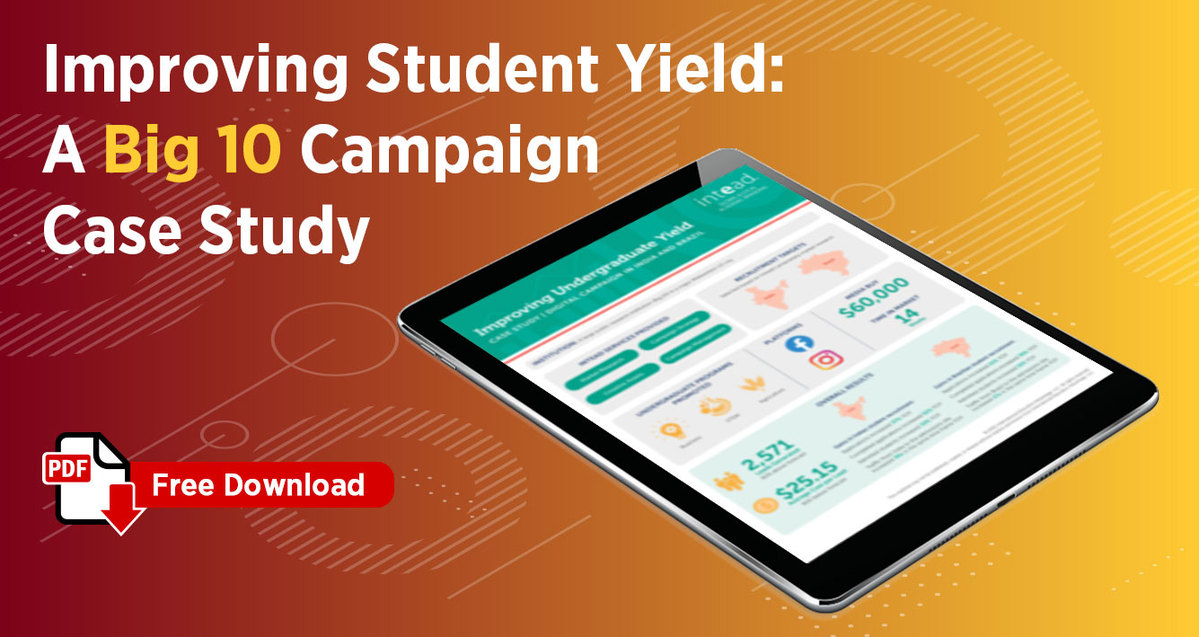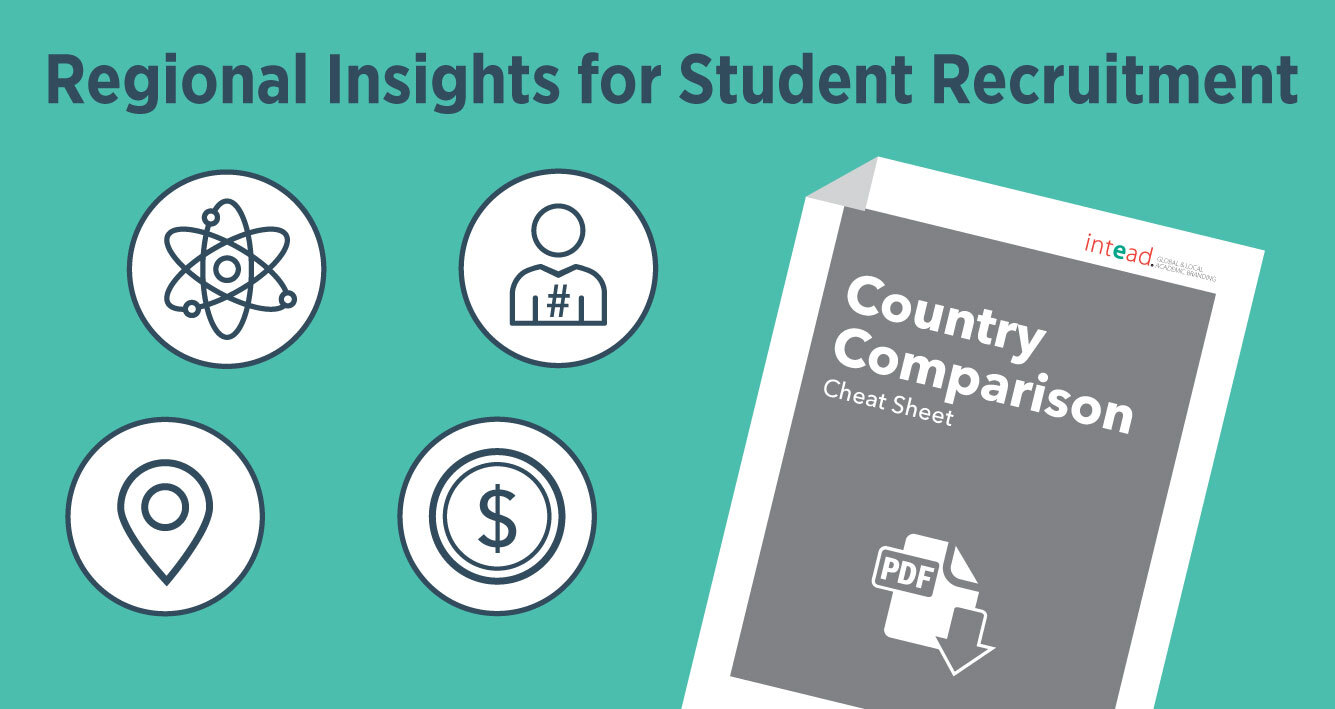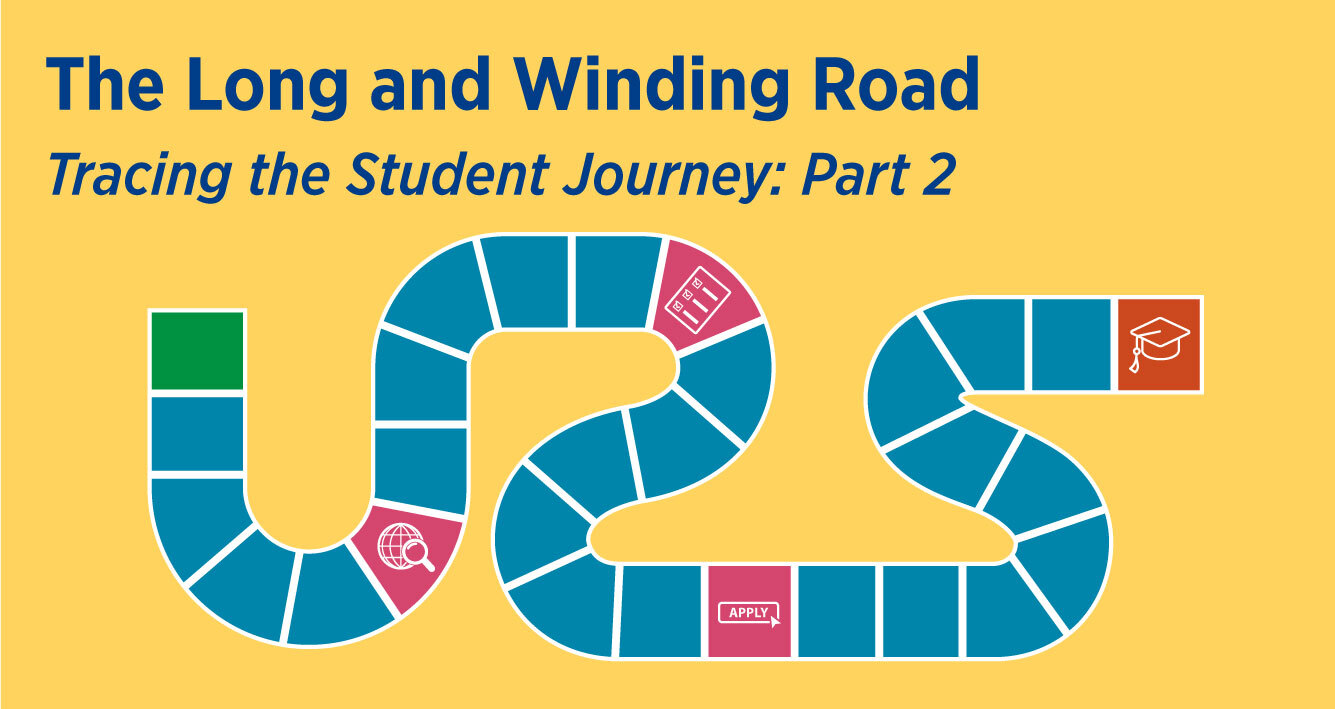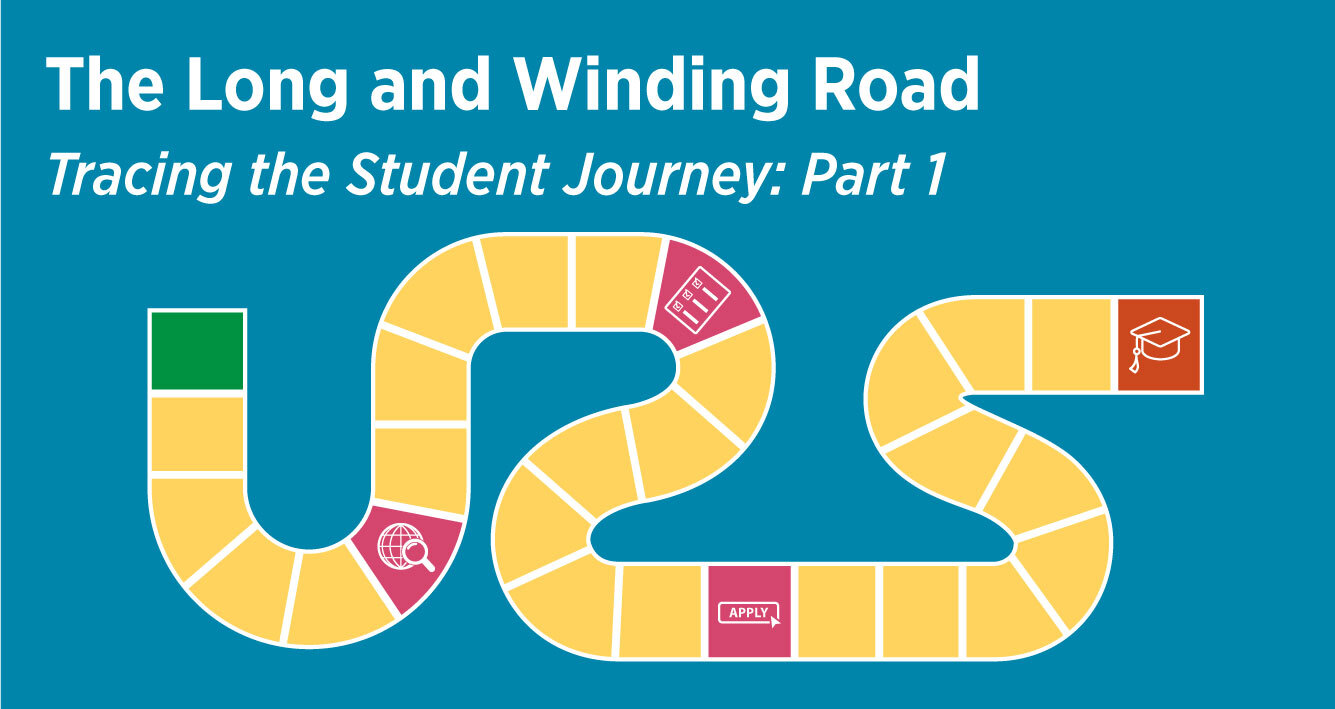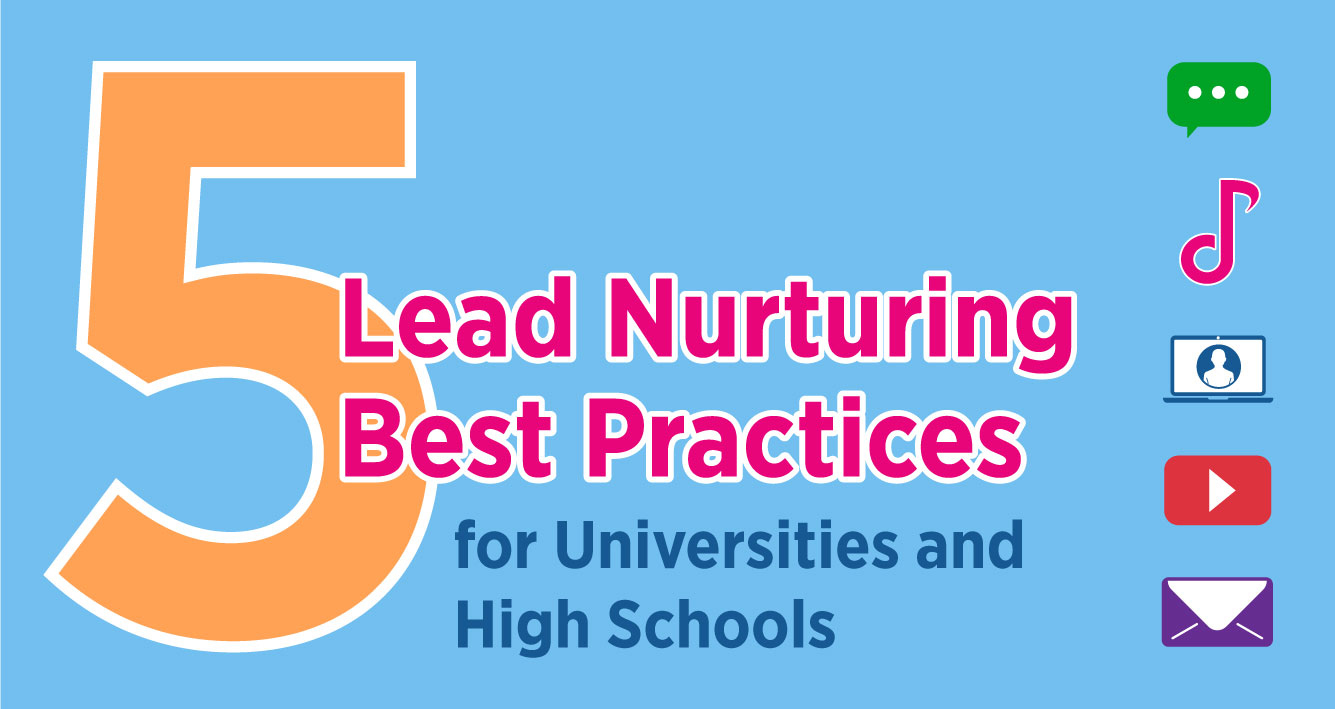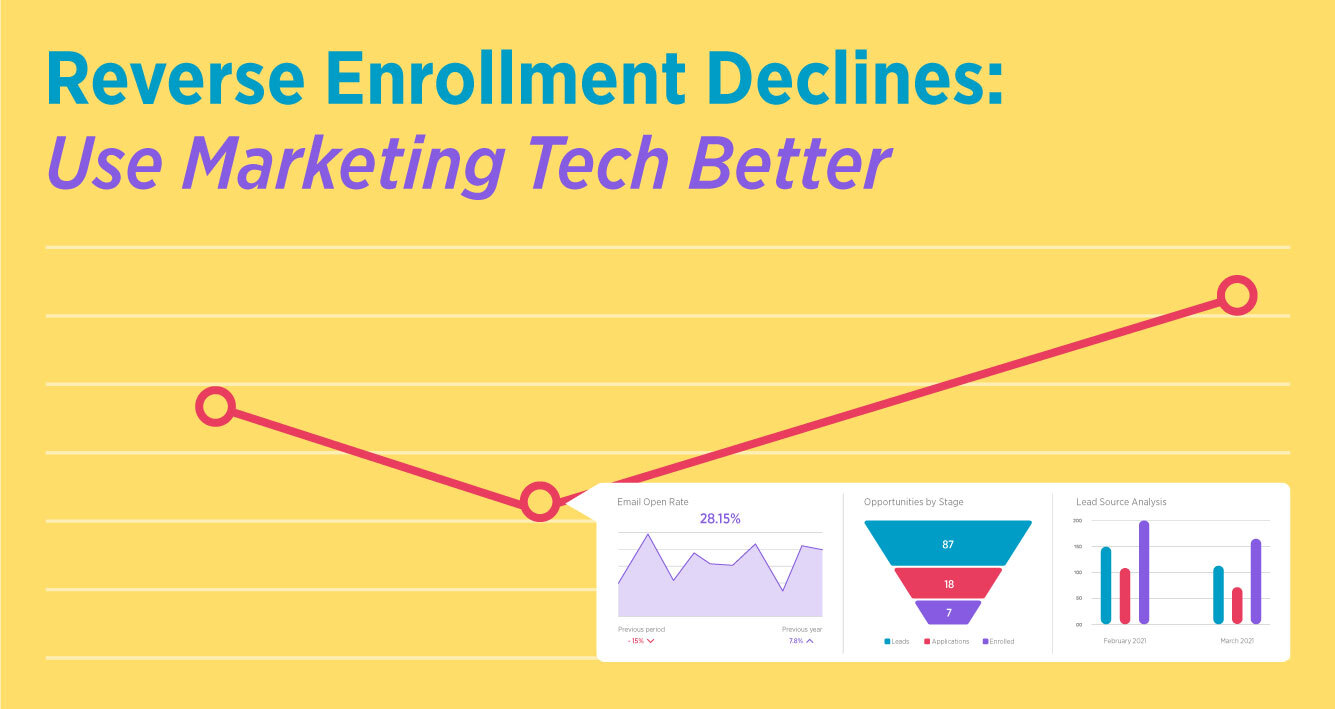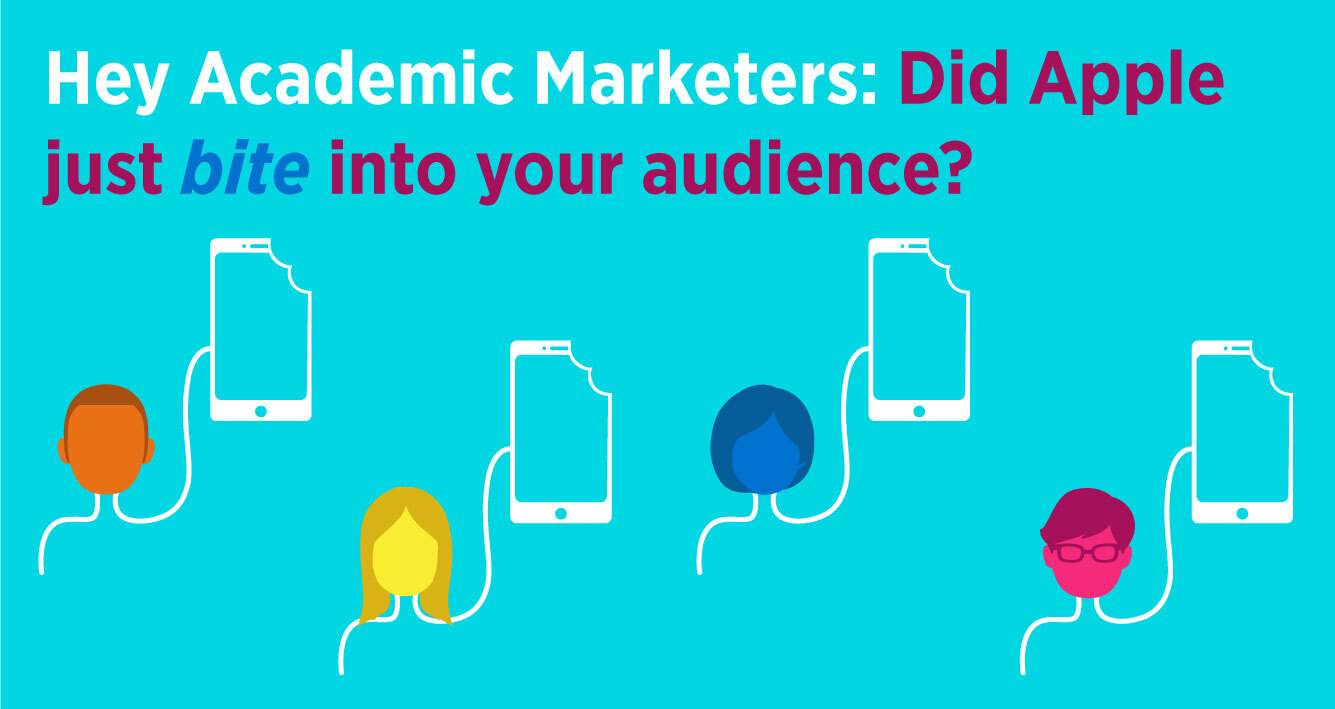So, my oldest child joined us for dinner out the other night. She dressed with her usual flair, all yellow and brown this time. And she ordered herself a drink to match – some cocktail concoction that apparently took a cue from her hues. I had never ordered a drink to match my look before, so I asked her what I should get. Her response: "Dad, I have no idea. Your look is functional but vibeless – jeans with a black fleece. How about a Miller Lite?"
Absolutely loved that line: functional but vibeless. How common is that situation in the marketing/communications world? Consider all of the functional but vibeless emails we receive. You probably can’t consider them. They’re all just so forgettable.
Our next opportunity to meet!
NAFSA Region XI, Hartford, CT, Oct 27-29. The Intead team will be there presenting on Admission Process Analysis, Marketing Data Analytics, and Marketing Study Abroad with university partners from our New England region friends from Quinnipiac, Johnson and Wales, Clark, and Emerson. Practical strategies and creative tactics to hit your enrollment targets. Hope to see you there!
The Resource Center for Industry Insiders
Take your challenge of the day and plop it into our search bar. With 800+ publications and our 15 years of weekly blogging, you will find relevant content on any topic important to enrollment management and student recruiting. Valuable perspective and data on topics you care about. From agent-university partnerships to predictive modeling and CRM efficiency, to new market development, our Resource Center has you covered. Check it out.
Examples of what we mean:
→ Dear inquiring student,
Thank you so much for submitting your application. We note you are still missing one document. Blah, blah, blah…our deadline is approaching.
Thanks, Vibeless University Admissions Team
---
→ Dear admitted student,
Let us introduce you to all of the really great student associations you could join here at Vibeless U! When you arrive, you should look into one. Oh, and here’s a fun picture …
Sincerely, Vibeless University Admissions Team
All function, no form, low response rate, immediately forgotten. Instantly deletable.
Taking time, tapping consumer insights from your current students, injecting creativity, tracking the metrics to figure out what works, what converts. These are the activities that produce results. These are the activities that will share your institution’s true vibe far and wide.
Every communication you have with students and prospective students, matters. It’s how you connect with them. Correction: It’s how you stay connected. Retention is as important as recruitment.
Today, we offer the three golden rules to creating a lead nurturing campaign that’s got the function you need and that all important vibe. We think this post will be really helpful for your team members tasked with the nuts-and-bolts details of your institution’s prospective student outreach.
Important to communicating vibe: the order you present your messaging matters by region and student type. Is affordability your first hook? Career opportunity? Environmental justice? Academic prowess? All important content areas. Different student segments will click on one or another topic at different points in their decision-making process. THAT is what consumer insight research confirms for you as you use your content to improve application rates and yield.
Share this one with the right folks on your team and, read on…
Read More

.jpg)
